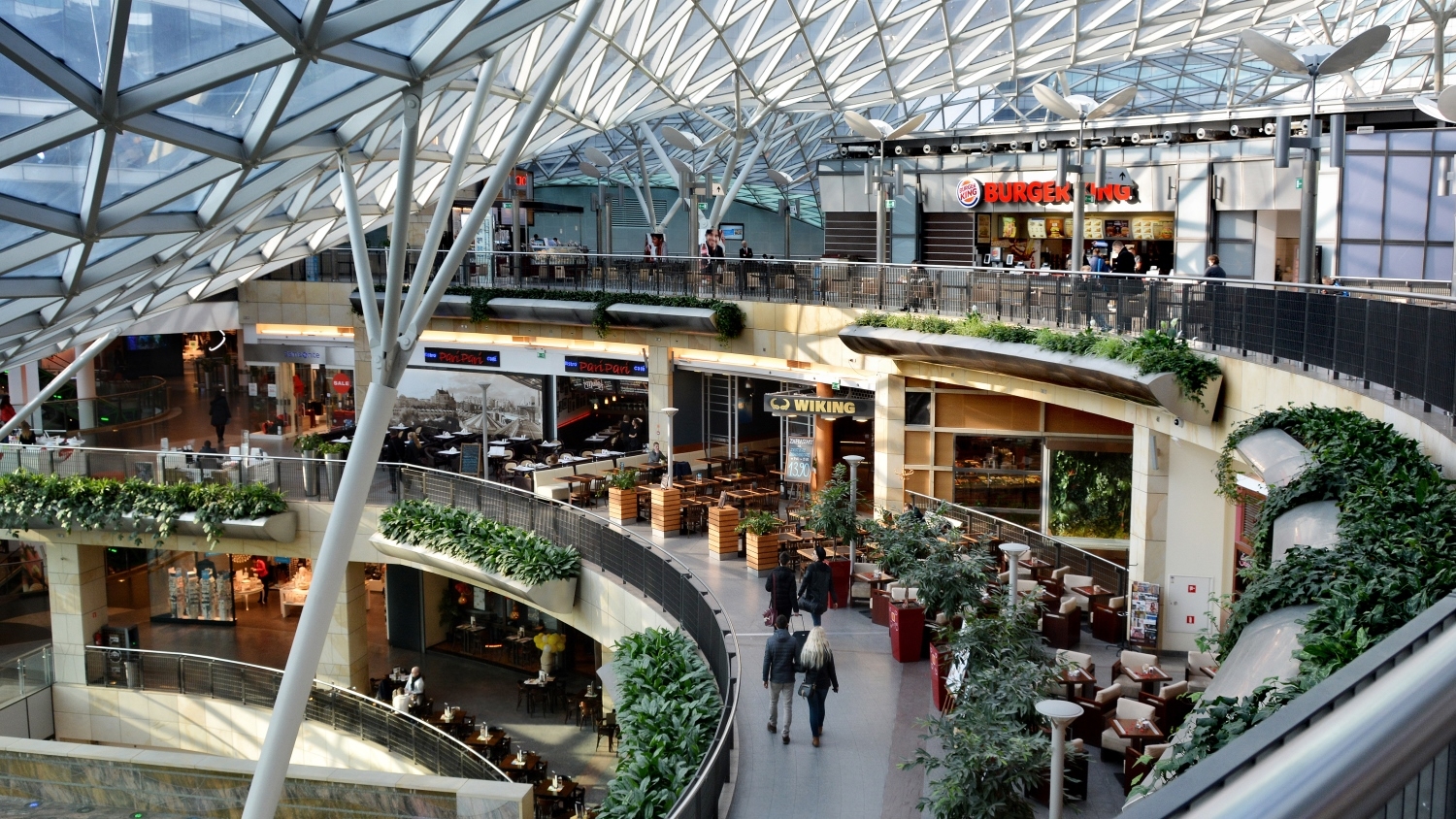
Automation and digitisation penetrating all spheres of life also have a material impact on the economy. Experts of Cushman & Wakefield have identified five key factors that will shape the retail and warehouse market growth going forward.
Both the retail and warehouse real estate markets will be influenced by the same factors, each having a sector-specific impact. Key market drivers will include: expansion of the D2C model, adoption of modern technologies, demographic and legal environment changes, and transport and mobility solutions for goods and people.
D2C model
New technologies are making it easier to reach out to potential customers, significantly facilitating market entries and enabling consumers to order goods directly from manufacturers without having to visit stores. As the ‘smart’ concept evolves, living becomes easier – daily shopping can be done for instance by a ‘smart’ fridge. And with the rise of process automation and renewable subscriptions/orders, the direct-to-consumer (D2C) model is increasing in popularity. Traditional retailing is likely to lose out unless it turns this trend to its own advantage. Warehouse property managers could face a similar challenge. In a world where ordering various goods directly from producers is becoming increasingly common, demand for warehouse space will definitely evolve and so will warehouse requirements and expectations.
New technologies
E-commerce has long been recognised as a threat to traditional retailing, but it is also likely to boost offline profits if appropriately incorporated into a retailer’s strategy through multi-/omnichannel platforms. Reaching out to potential consumers has become much easier with the onset of modern technologies. Today’s consumers are demanding a better experience from shopping centre managers and owners, including retail park restyling and offer expansion, Bluetooth solutions and Wi-Fi for marketing.
“With the changing consumer lifestyle, e-commerce has seen its sales grow for long. Shopping centres are increasingly turning from retail-only schemes into alternative leisure destinations where to enjoy free time and meet up with friends, particularly in winter time. This creates new challenges for shopping centre owners who need to gradually expand leisure and F&B offers, and to invest heavily to improve footfall. The Sunday shopping ban which recently took effect in Poland will undoubtedly drive online sales and customers will be seeking new leisure opportunities, focusing on sports and entertainment. That’s why I believe that the entertainment sector at shopping centres has a great potential going forward,” said Anna Oberc, Associate, Head of Operations, Retail Agency at Cushman & Wakefield.
In the logistics and warehouse sector, new technologies will transform how properties are managed, impacting on the quality and efficiency of property management. They will also lead to changes on the labour market amid a growing demand for high-skilled workforce, including IT specialists and engineers.
Demography
Ongoing demographic changes are expected to have a material impact on the retail property market. With progressively discerning consumers, growing affluence and healthy longevity as well as lifestyle changes, demand for retail space will also rise. And as the demographic structure continues to evolve, retail stores will have to adapt their offers to needs and tastes of multiple generations. Maintaining customer loyalty will be increasingly difficult given growing social awareness and rising consumer demands. The ongoing migration to cities and expansion of e-commerce will be particularly relevant to the logistics sector. The traditional delivery chain (warehouse to store/firm) will also evolve, growing more diverse and flexible (stores, delivery points, homes, etc.).
“Consumer behaviour has changed radically in recent years, leading to the transformation of the retail landscape and the growth of online shopping. As urbanisation continues and societies age, new shopping patterns will become more firmly established with online retailing playing an increasingly important role. In addition, the pressure will mount on market players to improve the quality and speed of deliveries. Online retailers are already trying to outdo one another in this respect as reliable and quick deliveries help them to stand out against competition, impacting directly on customer opinions and numbers of returning customers. Appropriate warehouse infrastructure will be required to meet rising customers’ expectations. The upcoming years will definitely see an increase in both large distribution centres for e-commerce and urban logistics schemes tailored to e-commerce tenants, as well as cross-dock and post-sale service facilities,” said Joanna Sinkiewicz, Partner, Head of the Industrial Agency, Cushman & Wakefield.
Transport
Public mobility is critical to retail and logistics. Fully driverless autonomous vehicles are likely to be deployed within the next 10-15 years during which time other radical mobility solutions could also be developed. This will influence how distance and connectivity are perceived. Location of a shopping centre or warehouse may cease to be a key factor, potentially leading to more market changes, including readjustment of rental rates. In addition, the public transport revolution could lead to a reduction in car-parking spaces required and large car parks redeveloped.
Legal regulations
It remains to be seen how national governments will address current and future challenges facing both retail and logistics. Key areas to be monitored include the following: consumer rights, tax law, labour law, environmental law, including potential road transport restrictions, as well as regulations regarding data protection and the use of cookies.



